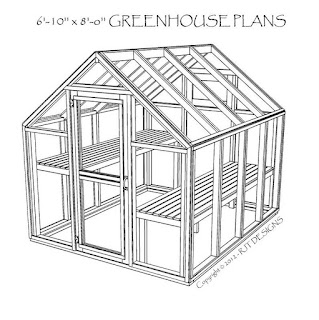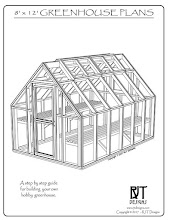The Backyard Chicken Coop
Several years ago we decided to keep backyard chickens. I checked with the town to see if we needed a permit and to see if there were any requirements for housing. On our 1/4 acre lot, the town requires that the coop not exceed a footprint of 6' x 8' and a height 5'-5".
An overall height of 5'-5" isn't tall enough for a walk in coop, so I decided to design something that would work well for a small flock within those parameters.
 |
| Egg door on back of coop. The solar panel is for the coop lights. |
The recommended space requirements for chickens is a minimum of 4 square feet of space per chicken in the coop and 10 square feet of space per chicken in the run.
This coop is 4' x 6', which equals 24 square feet inside. That is suitable for up to 6 chickens. We only have 3, so that is more than adequate. The run underneath is also 24 square feet, which would be a little small if we didn't let them free range in the yard during the day.
I decided to also add an additional 6' x 6' run on the front of the coop so that could have an expanded protected enclosed area if we weren't able to let them out or if the weather was bad.
 |
| 6' x 6' front run |
 |
The coop is located under the canopy of a very large maple tree so the chickens have plenty of shade in the summer. They seem to be very happy with their accommodations.
I've finally the created plans for the Backyard Chicken Coop which are now available in my ETSY shop. The plans include a materials list, cut list and step by step assembly instructions.
There are also plans available for the 6' x 6' front run as well as a 4' x 6' side run.
I also have many popular sizes of greenhouse plans available in both Printed and digital PDF format.
I am working on new designs for larger chicken coops, sheds and other yard and garden items which will be available in my ETSY Shop soon!
~Rob~





















































































